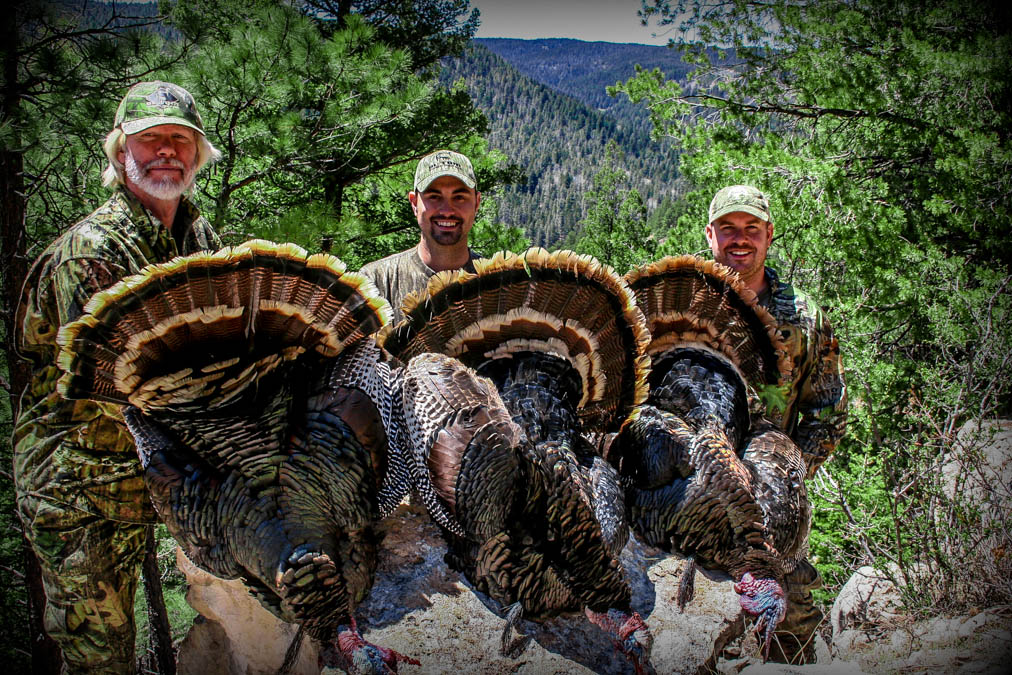Turkey hunting presents a rewarding yet distinct challenge each season, with notable differences between spring and fall that impact every aspect of the hunt. For avid hunters, understanding these seasonal contrasts is essential not only for successful hunts but also for ethical, sustainable practices that respect turkey populations and their habitats. Each season brings its own unique set of turkey behaviors, specific regulations, and hunting tactics designed to align with the turkeys’ life cycle and conservation goals.
Spring hunting often emphasizes targeting male turkeys or toms during their breeding season, while fall hunting can sometimes allow for the harvest of both males and females, depending on local regulations. Knowing how to adapt to these seasonal changes, as well as adjusting techniques and equipment accordingly, can make the difference between a memorable, successful hunt and missed opportunities in the field. In this article, we’ll explore the key contrasts between spring and fall turkey hunting, covering everything from behavioral patterns to recommended strategies and essential tools for each season.
Turkey Behavior: Spring vs. Fall Seasons
Turkeys exhibit markedly different behaviors during the spring and fall seasons, which directly influences hunting strategies. In spring, male turkeys, or toms, become highly vocal and territorial as their mating instincts take center stage. This season is marked by gobbling—a distinct and resonant sound male turkeys use to attract hens and assert dominance over other males. Their increased vocal activity provides hunters with an advantage, as it makes it easier to locate them and lure them in using mating calls that mimic the sounds of hens or rival toms. This calling strategy is particularly effective in spring when toms are actively seeking mates and are likely to respond aggressively to the sound of competition.
In fall, however, turkeys are less focused on mating and instead prioritize locating food sources, which shifts their behavior considerably. During this season, they flock together for safety, creating a unique challenge for hunters trying to approach without detection. Hens and younger turkeys typically travel in flocks, while mature males may travel alone or form smaller bachelor groups. With turkeys being less vocal during fall, hunters must rely more heavily on keen observational skills and patience. Fall hunters often adapt by using decoys and calls that mimic the sounds of a flock, emphasizing the kee-kee calls of younger turkeys rather than the mating calls used in spring.
Strategies for Hunting Turkeys in Spring
The spring season is known for heightened activity among turkeys due to the mating period. Hunters can utilize the breeding instincts of male turkeys to their advantage. Using mating calls, such as gobbles or hen yells, can be particularly effective in attracting males. This method relies heavily on knowledge of turkey vocalizations and call responses, with hunters often setting up near roosting areas or travel paths where turkeys are likely to appear.
Since toms are often more aggressive in spring, positioning becomes critical. A well-placed setup, often near areas where hens are present, can lead to a rewarding encounter. Using decoys that resemble hens or jakes (young male turkeys) can further enhance a hunter’s chance of drawing in an eager tom. Mastering these techniques is essential for anyone aiming to be successful in hunting turkeys during spring.
Adapting to Fall Turkey Hunting Techniques
Fall turkey hunting requires a different set of skills, as turkeys prioritize food and safety over mating behaviors. During this season, hunters often focus on scouting for food sources, such as acorns or agricultural fields, as turkeys tend to gather in these areas to feed. Observing these patterns can reveal ideal hunting locations.
Without the mating drive to exploit, hunters rely less on mating calls and more on flock calls that mimic the sounds of young turkeys, called kee-kees, or other calls that replicate a lost turkey. This strategy can attract turkeys by triggering their instinct to regroup. Patience is critical in fall, as turkeys tend to move together in large flocks, making it challenging to get close without detection. Success in hunting turkeys in fall demands refined skills in camouflaging and setting up ambush points along travel routes.
Differences in Turkey Hunting Regulations
Hunting regulations for turkeys vary widely between spring and fall, with each season subject to unique restrictions. In spring, most regulations allow hunters to pursue only male turkeys, often with limits on the number of birds harvested. This restriction aims to protect the breeding population, as hunting females during this time could negatively impact turkey reproduction rates.
During fall, however, regulations tend to be more lenient, sometimes allowing hunters to take either male or female turkeys, depending on the area and population levels. This flexibility arises from the fact that turkeys are not in their breeding season, reducing the impact on future populations. Regardless of the season, hunters must always verify and adhere to local regulations to ensure ethical and lawful hunting practices.
The Role of Scouting and Location Awareness
Scouting plays a crucial role in both spring and fall turkey hunting, although the focus shifts between seasons. In spring, hunters often scout for roosting sites where toms are likely to gather in the early mornings. Familiarizing oneself with these locations can help predict movement patterns and optimize hunting setup.
In fall, scouting emphasizes locating food sources and travel paths rather than mating grounds. Turkeys roam widely in search of food, requiring hunters to track feeding grounds like open fields or dense woods filled with acorns or berries. Observation and patience become critical as hunters try to pinpoint areas where turkeys frequent.
Many hunters report success by adapting their strategies based on the seasonal shifts in turkey behavior. Scouting in areas known for spring turkey hunting Texas, for instance, can lead to optimal positioning and better results.
Equipment Considerations for Each Season
The gear and equipment used for hunting turkeys vary depending on the season, as different tools are required to accommodate seasonal behaviors. In spring, hunters often rely on specialized turkey calls that mimic hen yelps, clucks, and gobbles to draw in territorial toms. Decoys also play a central role, with hunters using hen or jake decoys to create an enticing setup that lures aggressive males closer.
Camouflage is equally important in both seasons, as turkeys have exceptional vision. In spring, hunters often wear lighter, green-based camouflage patterns to blend in with the fresh foliage. In fall, camo patterns tend to be darker, resembling fallen leaves and branches, as the landscape shifts to autumn hues. Proper camouflage from head to toe is essential, as even small movements can alert turkeys.
In fall, the equipment focus often shifts toward calls that mimic flock sounds or kee-kees of younger turkeys. Hunters may also use ground blinds more frequently in fall, as these allow for patient waiting in areas where flocks are known to feed. Understanding the purpose of each piece of equipment can significantly improve the chances of a successful hunt, regardless of the season.
Seasonal Weather and Turkey Hunting
Weather conditions influence turkey activity, and understanding these patterns is crucial for hunting turkeys effectively. Spring weather, often marked by rain showers and warming temperatures, promotes turkey movement in the early morning and late afternoon. Hunters often capitalize on this predictable behavior, planning hunts around these times to increase their chances of spotting active toms.
In fall, cooler temperatures impact turkey behavior as they spend more time searching for food to prepare for winter. Weather shifts in autumn often encourage turkeys to flock together in larger groups, increasing the challenge for hunters. This season’s cooler temperatures can also influence where and when turkeys move, requiring hunters to stay adaptable.
In Texas, for instance, changes in seasonal weather significantly affect hunting conditions, with spring bringing ample rainfall that influences turkey locations, while fall experiences drier and cooler days. These regional weather differences add another layer of complexity to the challenge of hunting turkeys across seasons.
Adapting to Seasonal Shifts
Hunting turkeys is a dynamic experience that varies significantly between spring and fall. Each season presents distinct challenges, from vocal toms in spring eager to mate to cautious flocks in fall focused on survival and feeding. Understanding these differences and adjusting tactics accordingly can make each hunt both rewarding and successful.
Through careful observation, scouting, and an understanding of seasonal behaviors, hunters can adapt to each season’s unique demands. Whether setting up near roosting sites in spring or staking out feeding grounds in fall, every aspect of the hunt changes with the seasons. Embracing these differences ensures that hunters remain prepared and skilled, capable of navigating the intricacies of each season.




